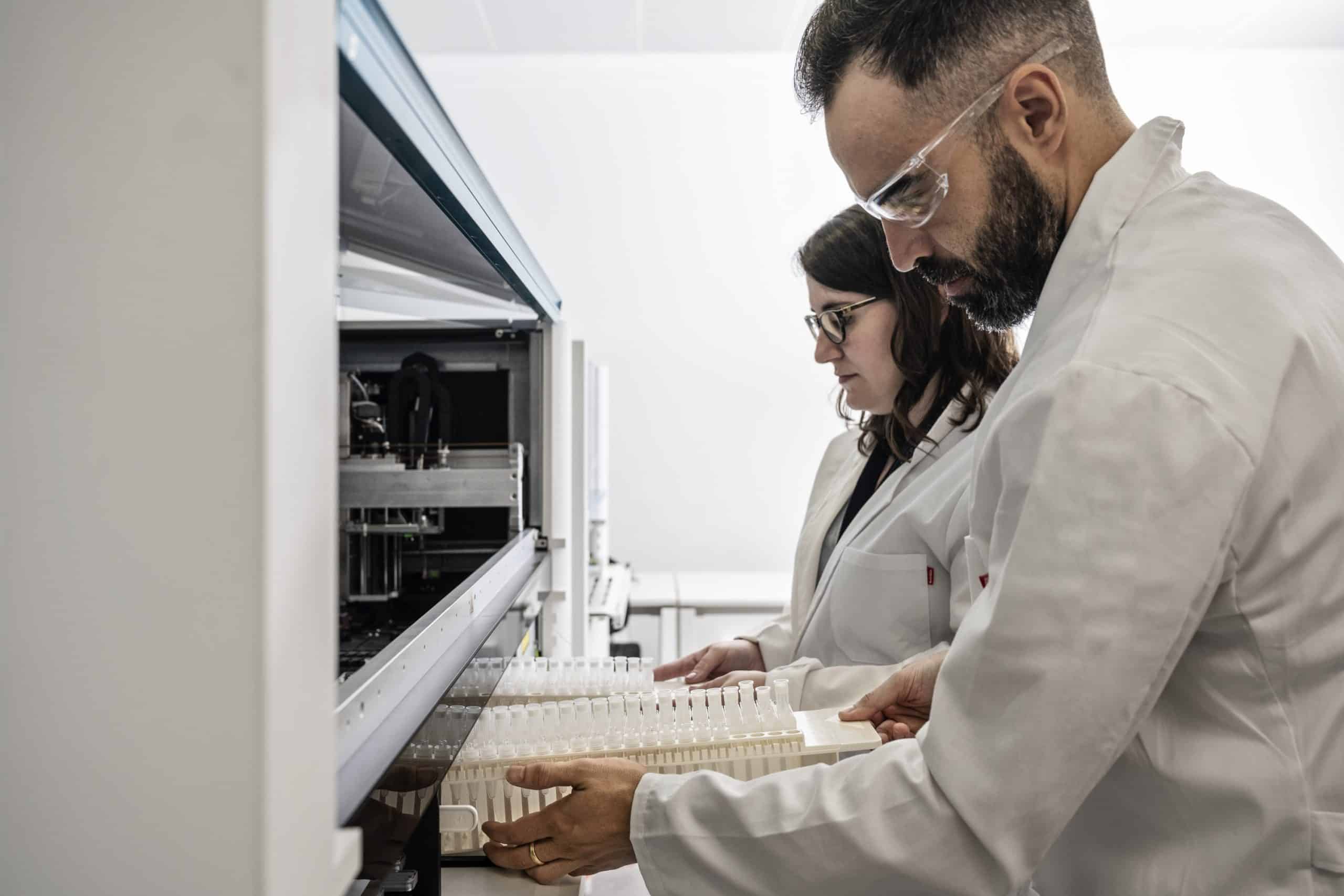This biannual European congress, organised by the International Federation of Clinical Chemistry and Laboratory Medicine and the European Federation of Clinical Chemistry and Laboratory Medicine, consisted of Plenary Lectures, Symposiums, Viewpoints, Educational Workshops, Poster Sessions as well as some private sessions. For the first time, there were some hybrid sessions – and for next year’s edition in Rome, the entirety of the congress will be hybrid.
The COVID-19 pandemic impacted the congress not only by causing its postponement but also by introducing some hybrid sessions; as declared during the Closing Ceremony, next year’s edition in Rome will be fully hybrid. Although delegates will be encouraged to assist in person, it will facilitate the participation of many more people for whom travelling to the congress might not be affordable or even feasible.
The Scientific Programme tackled several topics, ranging from strictly medicine topics to regulations and IT, and there were speakers from around the world – both in person and remotely.
Abbott, Roche, Siemens Healthineers and Sysmex were some of the main sponsors of this edition, although there were more than 50 exhibitors in total. Sponsors drove the Educational Workshops, which consisted of a viewpoint and advertising medley while keeping relevant to what is on trend.
As a member of ERNI’s MedTech Domain Expert Team, I was interested not only in the regulatory challenges, interoperability and the IT side in general but also in the innovation of the industry.
My main takeaways from EuroMedLab were the following:
IVDR – Much needed extension
What started as a presentation of the IVDR Regulation and its extended timeline ended up being a not-so-nice debate regarding the consequences of IVDR Regulations on Laboratory Medicine. For those who are not that familiar with IVDR, it is a “new” (i.e., from 2017) regulation that will replace the former IVD Directive concerning In Vitro Diagnostic Medical Devices from 1998.
As surprising as it may be, 5 years have not been enough, not only for the industry and healthcare institutions to adhere to the new regulation, but also for the authorities to have the infrastructure required for implementing IVDR (reference laboratories, harmonised standards, notified bodies, etc.). While some justified the impact IVDR would have on rare diseases, others understood the need to be stricter when it comes to medical devices – in the end, we are talking about patients and their health. The amendment will grant different transition periods up until 2029 depending on classes – which go from A (lower risk) to D (higher risk).
Interoperability – standards are a must!
For such a connected and online world, it can be unexpected to find the health sector so poorly connected – and to not make use of standards. Grahame Grieve, father of HL7-FHIR (healthcare data exchange standard), shared the benefits of this new technology, which could reduce the cost of interoperability up to 90%. Nevertheless, he also highlighted how important it is for everyone to participate in the open community and introduce it in the existing domains and workflows.
Why would FHIR be so beneficial? The standard would not only help diagnostic labs by extending the domain and the scope of the service but also by empowering patients by making data bidirectionally accessible and creating a single common patient record. By implementing interoperability, silos are broken and there is an increase in the safety of Diagnostic Medicine – no more sample misidentification or issues with reports being misunderstood or lost.
Point of Care Testing – non-stop growth
With the progressive decentralisation of laboratories, the need for Point of Care Testing is constantly increasing in the interest of delivering better healthcare. POCT is also an exploding field, with an estimated revenue of 28 million dollars by 2028.
While it is true that POCT results will not always match CoreLab’s and not having the Point of Care Coordinator figure available is a source of errors, it does bridge the disparity between rich and poor and brings healthcare closer to the community.
One of the presented examples was the use of rapid antigen tests for SARS-CoV-2. These rapid, cheap and accessible tests can change clinical pathways and improve the outcome at society and individual level – as long as they are high-quality tests (i.e., with high specificity and sensitivity). To do that, some independent evaluations should be performed; therefore, we go back to the Quality Assurance topic: not only does it have to be fulfilled for all medical devices (Core Lab and Point of Care) but also for the self-testing devices – for which the procedures should be adapted.
Artificial Intelligence – the elephant in the room
Nowadays, Artificial Intelligence and Machine Learning is everywhere – even in Laboratory Medicine. So how can this be fit for the strictly regulated healthcare sector? Are there really any benefits of implementing it?
The goal of AI and ML is not to make diagnoses, but rather to help physicians make informed decisions while not making a simple process too complex. One of the current challenges is to have an Artificial Intelligence Act at European Commission level for defining an appropriate physician-AI collaboration. It is critical to ensure Data Quality, Accuracy, Robustness and Cybersecurity and to establish a Risk Management System and a Quality Management System.
One of the applications would be in cardiovascular diseases – nowadays almost anything can be wearable tech, and by wearing wearables, we can easily obtain a digital fingerprint of someone’s condition every second. By using Machine Learning workflows, we could move from risk prediction to risk reduction, as long as they can have access to a large-scale dataset, and they learn jointly from a medical doctor.




